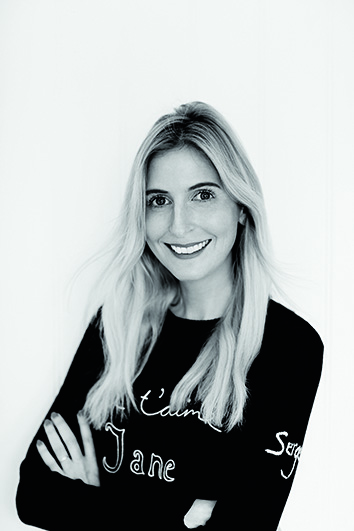As a beauty editor, these are the things I wish I’d known before buying an at-home IPL hair removal device
Insider information you need to know before purchasing an at-home IPL device
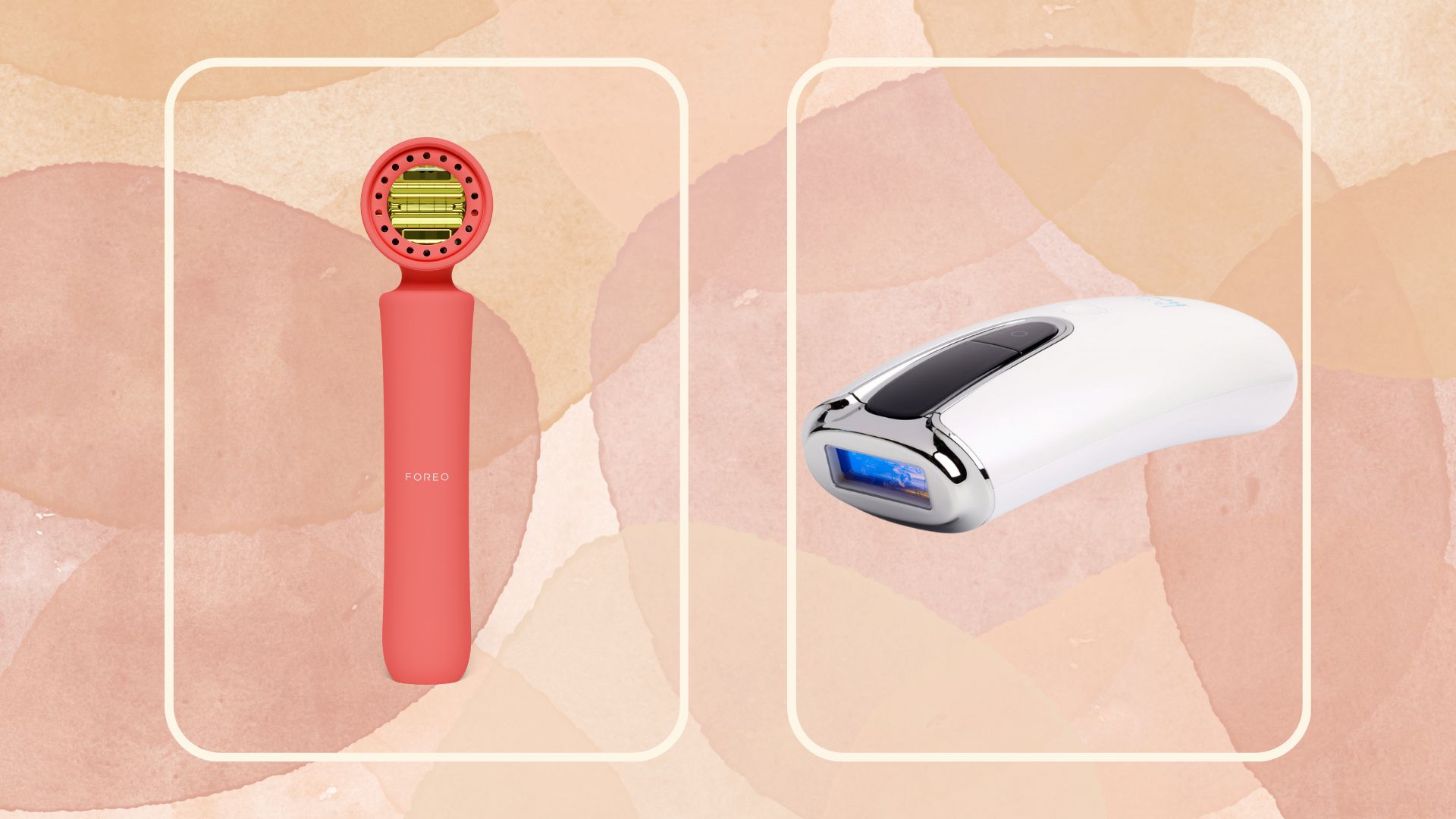

If there’s one beauty ritual I’ll admit to not relishing as much as others, it’s the process of hair removal. It’s such a faff, isn’t it? Shaving, waxing and plucking can be messy, inconvenient and usually results in regrowth quicker than you can say ‘ouch’ at the nick of a razor.
Now, I am not an overtly ‘hairy’ woman, but I do love the feel of smooth pins, especially in the bare-leg season and I wanted a hair removal solution that would offer longevity and results. IPL - AKA ‘intense pulse light’ is a hair removal method that uses light to stop hair growth in its tracks. Owing to their high-tech nature, the best IPL hair removal devices are often expensive, but it's worth bearing in mind the savings in the long-term.
Not only is an at-home treatment more convenient, but it can work out as a more cost-effective route to take; no need to fork out on trips to the salon or stock up on new razors - meaning you'll also be cutting down on environmental waste, too. Win win. However, there are some factors to consider before splashing out on one of these expensive tools, so our beauty expert has laid out exactly what you need to know.
What you need to know before buying an IPL hair removal tool
1. IPL is actually different to laser hair removal
IPL and laser hair removal are not the same thing, each applies slightly different light to treat the hair follicle. The precept of how they work for hair removal is similar: both direct light at the pigment in the hair, which heats up and damages the cells that cause that hair to grow. IPL is made up of a wide spectrum of light which can treat larger areas of skin, whereas laser technology, although it still sends light into the root of the hair, is based on a single, concentrated wavelength that penetrates the skin point by point. You’ll have to see a professional if you’d prefer more targeted laser hair removal.
As for how IPL works, the light that comes out of an IPL device is absorbed by the pigment in the hair - think of a black t.shirt on a warm day - this causes a buildup of energy which turns to heat. Your hair’s root absorbs this light making the hair go into its resting phase: the hair you have falls out, and progressively your body grows less hair in that area.
2. You need to stick to a treatment schedule
How you use your IPL device makes a huge difference to what kind of results you'll see. It does depend on the individual brand and model, but most IPL devices advise using them once every two weeks for the first four weeks of treatment.
When you’re comfortable using it, top-ups can take place up to once a month. For the very best results you should stick to the suggested schedule to prevent long-term regrowth - I jotted down the IPL start date date and set reminders as to when to top-up.
Sign up to our free daily email for the latest royal and entertainment news, interesting opinion, expert advice on styling and beauty trends, and no-nonsense guides to the health and wellness questions you want answered.
3. It doesn't work straightaway
Generally, you should use an IPL device routinely for four to 12 weeks, to ensure that all visible hair has been targeted. You’ll then notice hair should start to appear finer and grow back at a slower rate, or not at all.
If you notice any re-growth, top-up sessions can be done. But remember that results differ contingent on the device and your skin and hair type.
4. It's not painless
As long as the device is purchased from a trustworthy, reliable brand and instructions are followed as informed, IPL is considered safe and shouldn’t be too uncomfortable. It depends on the individual, but according to hair removal expert Trish Coulton, “you can expect to feel a warm sensation when removing hair and your skin may show slight redness and/or prickle, but this reaction is normal and will subside.”
To prevent irritation post-treatment, avoid showers and baths for the next three days, as well as direct sunlight or sunbeds. Make sure to use a non-scented moisturiser and do not shave within 48 hours. If any aggravation does happen, consult a medical professional immediately.
5. Prep is essential
How you prep your skin can make a huge difference to results.
“Before beginning the treatment, shave the area where you will be using the device until it feels stubbly, as hair should not be more than 5mm (half a centimetre in length),” explains Trish.
When prepping the body for use, make sure that you do not epilate, wax or use depilatory creams. “Skin needs to be clean and dry as well as free of moisturiser, fake tan, deodorant, perfume or body oils,” recommends Trish.
6. It's not suitable for everyone
According to experts at Braun, IPL can typically only be used on the four types of lighter tones of skin – but technology has developed in recent years, meaning there are some IPL devices that are suitable for some shades of darker skin. To help understand the effectiveness of IPL treatment as per an individual’s skin and hair tones see chart below:
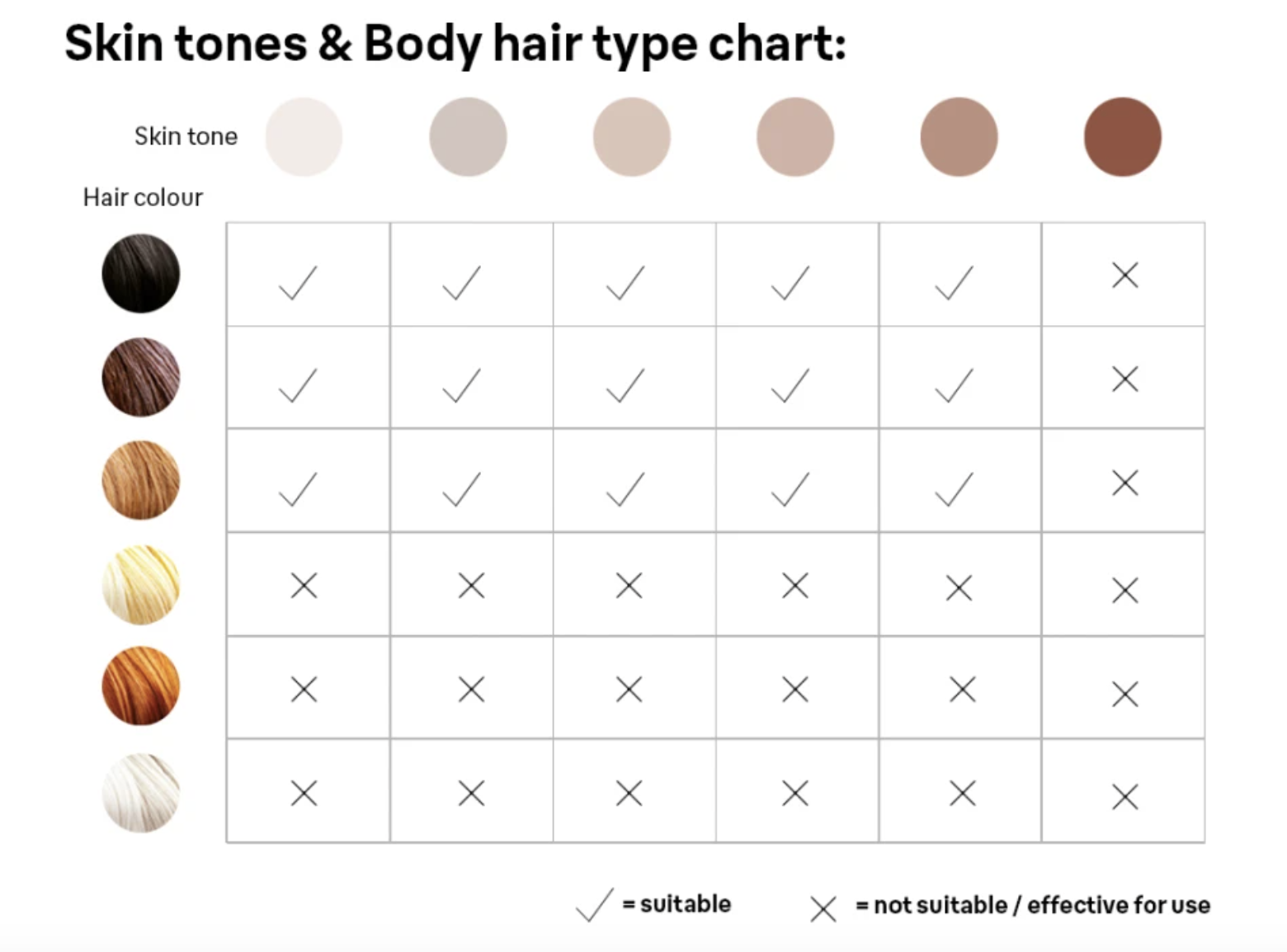
Please note that IPL hair removal devices are not appropriate for pregnant women to use, or if you have specific skin or hair conditions. Also, they won’t work on tattoos or permanent makeup.
It also works differently on darker skin tones. When there is more melanin present in the skin, the IPL needs to modify the degree of light to prevent the beam from concentrating on the skin, rather than that of the hair follicle.
When IPL hair removal was first introduced to the industry, the majority of devices were ineffective for darker skin tones, due to lesser technological advances enabling devices to adapt the IPL severity to a person’s skin tone. Today most IPL gadgets can instinctively adjust the light intensity to equal your skin tone.
7. You can't use it all year round
“This is best done in months when you are less exposed to the sun, historically this is from October to April here in the UK,” advises Chris Luckham, head of education for Foreo.
“Though depending on your holiday plans, avoid using this while you are tanning or more tanned, and if you can’t avoid being out in the sun or exposed to UV, and yes I also mean on a cloudy spring day, too.” It is advisable to wear SPF 50 on areas treated once you’ve started treatments.
8. Varying product features make a huge difference
There a few features to consider when shopping for an IPL hair removal device...
The number of flashes:
“The most important I believe are the strength and the treatment window. As both equate to a quicker and more efficient treatment time,” says Chris.
So it’s important to check the number of ‘flashes’ your device will emit, as this will indicate how long you can use the device. Cheaper models can only last a few years before they need to be replaced, however an IPL device with a higher number of flashes will give decades of usage.
The window size:
The application window of an IPL device is the glass surface that will come in contact with the skin during the procedure.
The wider the window is, the larger the area it is going to cover. Most devices will come with several heads to fit your under-arms, legs, and even your upper lip.
The energy output:
Most IPL devices come with different levels of intensity, allowing you to treat different parts of your body. The higher the energy output, the more effective the device will be. But this greater energy output can raise the risk of redness and irritation, too.
Look for models that use a sensor to auto-adjust to the accurate intensity for your skin tone and hair colour on contact.
The design:
"You should consider the texture and grip of the device, as the ergonomics of it will help when treating different areas of the body," says Chris. IPL devices will have a gun-shaped design that sits into your palm comfortably, giving a good grip.
There’s a curved-shaped design that assists in getting to tricky areas easily, and a slimmer straight-wand design that is easy to hold and use all over the body.
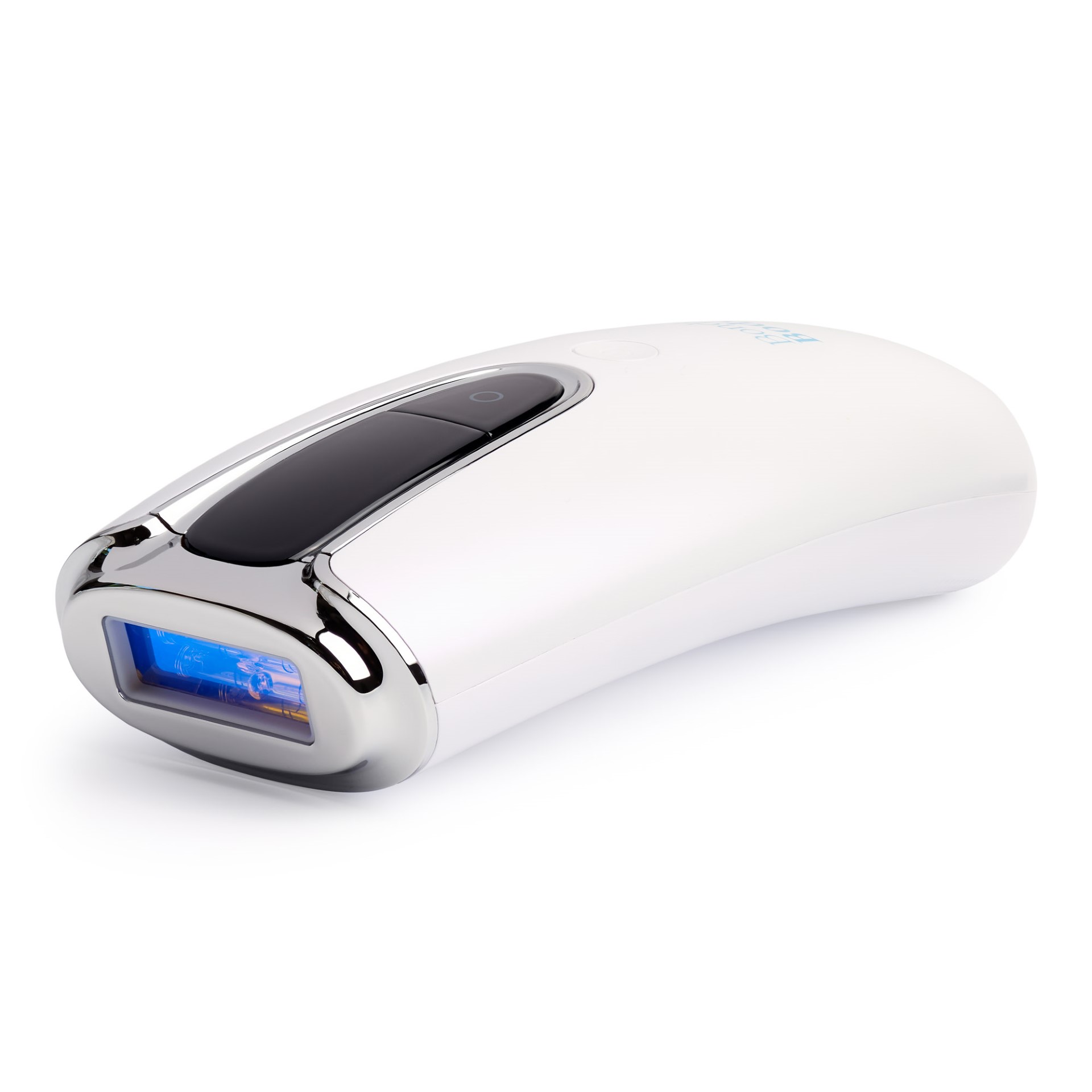
RRP: £299 | Flashes: 300,000 | Features: 8 light intensities, auto and manual modes | Usage: Once a week for 12 weeks
This is the newest and most reasonable IPL device and is a brilliant first-entry purchase. As well as at-home permanent hair reduction this system also rejuvenates skin tone, promoting a visibly younger complexion as it removes hair.
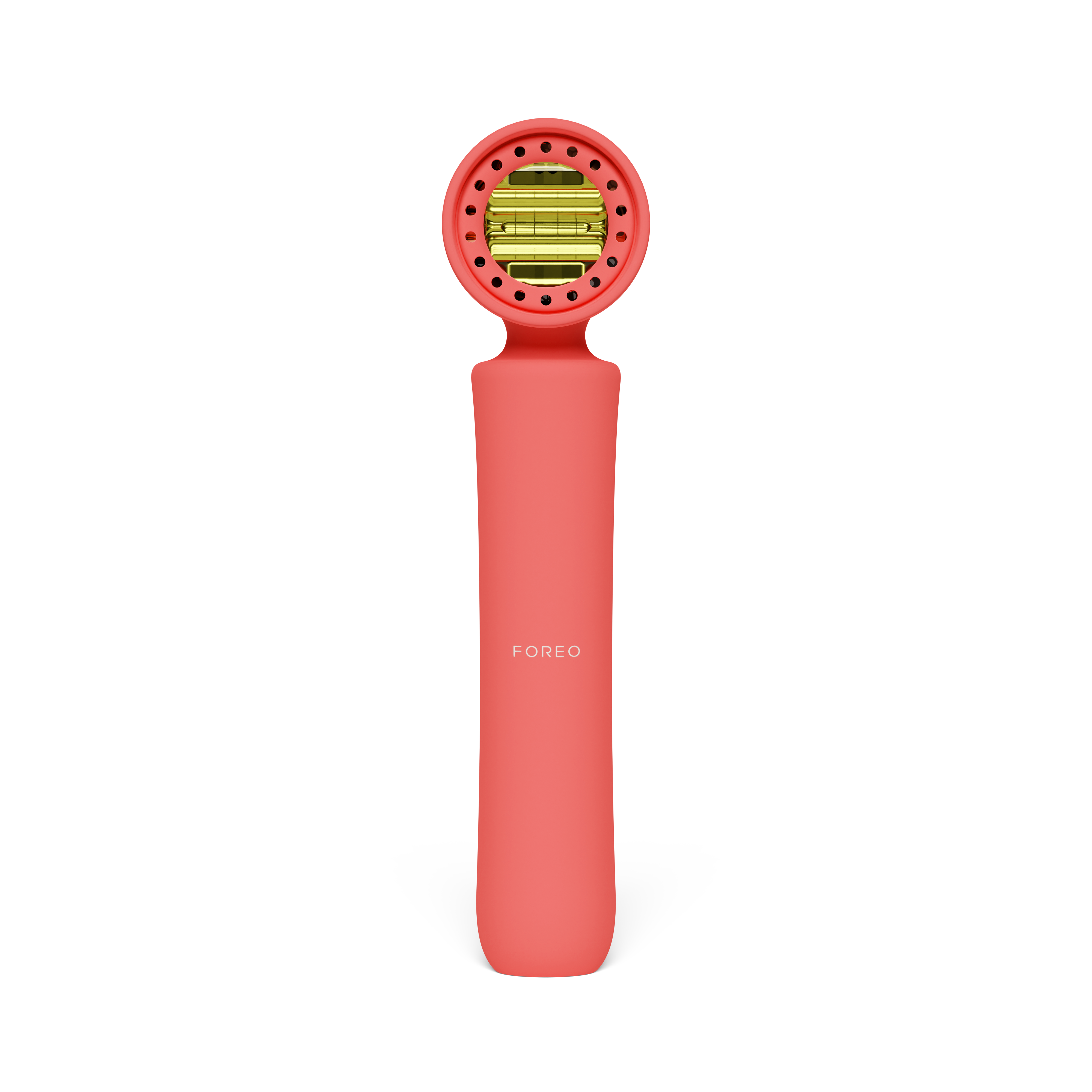
RRP: £369 | Flashes: 500,000 | Features: 360° skin cooling system, self-adjusting head and T-SonicTM massage | Usage: 1 treatment every 2 weeks, for 12 weeks.
Not only is the design very cool and snazzy, but the functionality is, too. If you’re a bit nervous about using IPL or have sensitive skin, then you’ll love the clever cooling system that blows cool air as you’re treating each area.
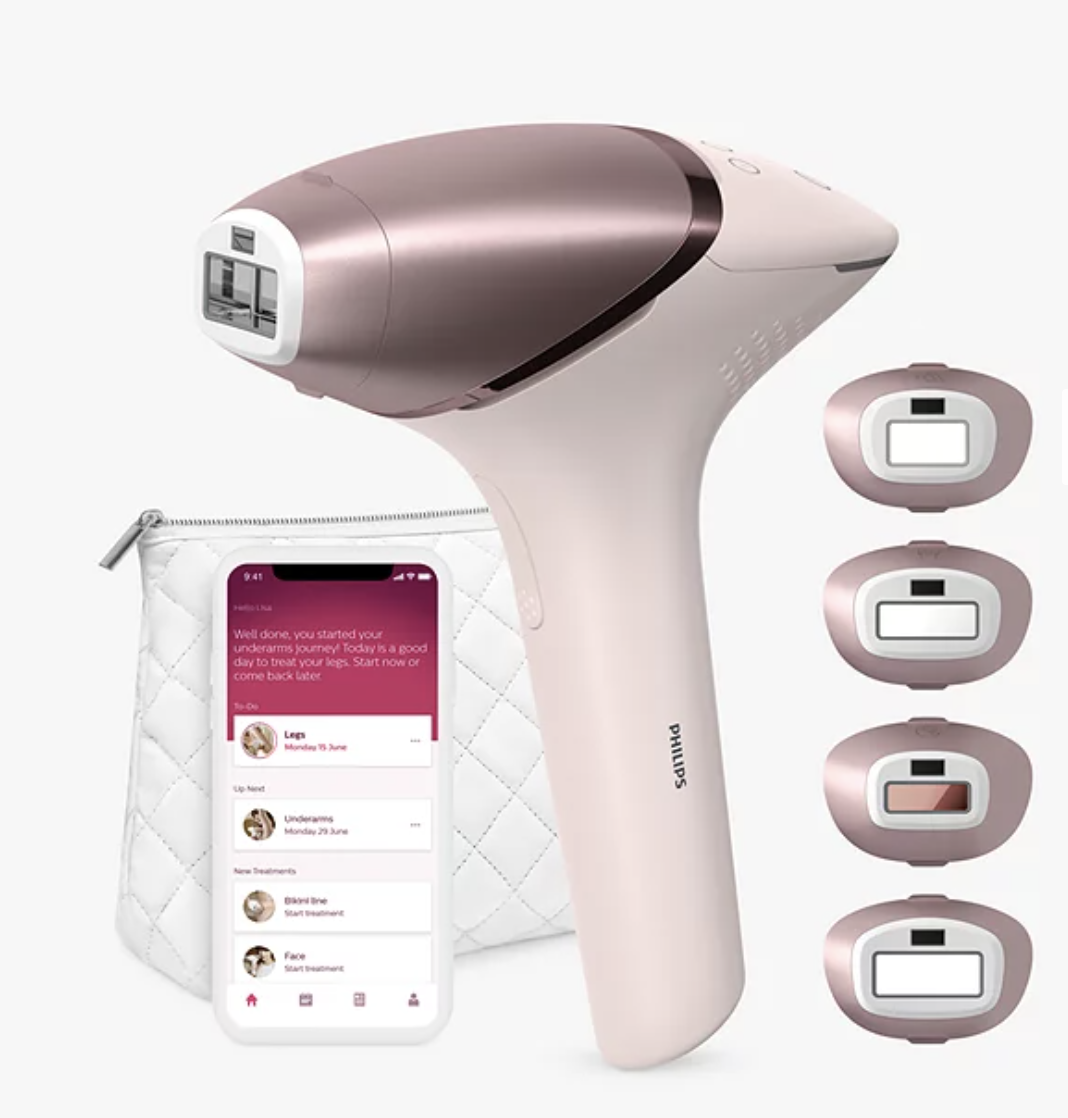
RRP: £489.99 | Flashes: 450,000 | Features: Option to download the Lumea IPL app, SmartSkin sensor to read skin tone and to help you find the most comfortable setting | Usage: Every two weeks for the first four treatments.
This is extremely lightweight and easy to use. And the slide & flash mode is brilliant for targeting larger areas quickly. The Lumea app is a smart addition too, as it walks you through the device and reminds you of when your next treatment is due.
Charley Williams-Howitt has over 20 years of experience working in the beauty industry. As well as previously writing for lifestyle titles, such as woman&home, Woman and Woman's Weekly, Charley has worked for British institutions like Marks and Spencer, John Lewis, and Superdrug creating visual and editorial content cross-platform. Starting her career in the fashion cupboard at Cosmopolitan magazine, she eventually escaped the piles of clothes to discover a world of makeup, moisturizers, and models.
